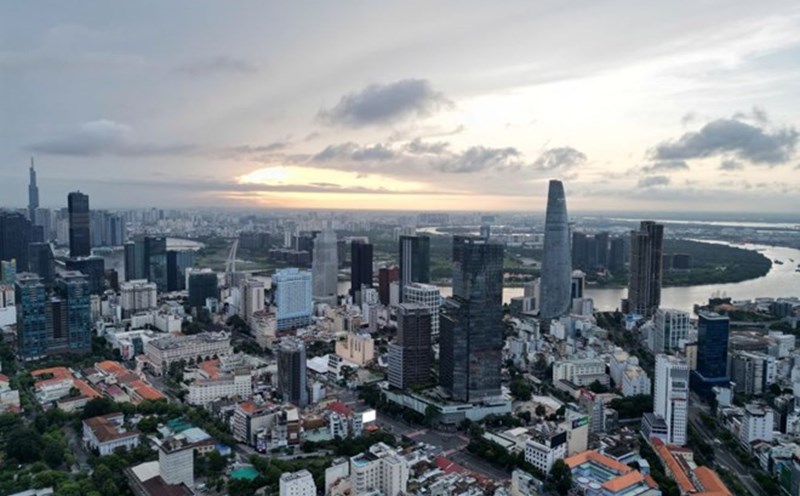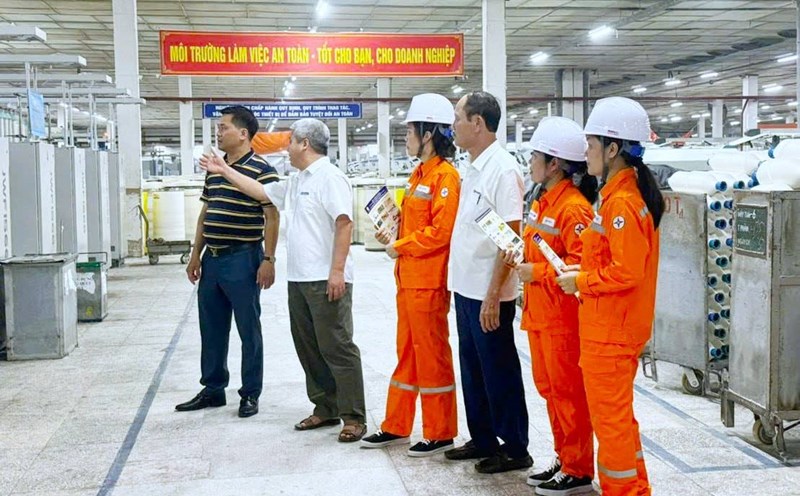Domestic coffee prices
On September 5, coffee prices in the domestic market turned to decrease. In Dak Lak and Dak Nong (old), the price stood at 115,000 VND/kg, down 300 VND. In Gia Lai, coffee is purchased at 114,800 VND/kg, down 300 VND. Lam Dong currently has 114,000 VND/kg, down 600 VND. The average market is at 114,900 VND/kg, down 300 VND compared to yesterday.
In the past 3 days, the domestic coffee market has fluctuated erratically: on September 3 it decreased by more than VND 6,000/kg, on September 4 it recovered slightly by VND 300, and on September 5 it decreased by VND 300-600/kg. This tug-of-war trend shows that domestic prices are closely following international fluctuations, especially in the face of mixed news from Brazil and global supply-demand reports.
World coffee prices
On the London Stock Exchange, Robusta prices continued to be under selling pressure. The September 2025 contract ended at 4,581 USD/ton, down 29 USD. Other terms also decreased simultaneously: November 2025 was at 4,414 USD/ton (-40 USD), January 2026 was at 4,334 USD/ton (-37 USD), March 2026 was down to 4,271 USD/ton (-38 USD), and May 2026 was 4,225 USD/ton (-36 USD).
In contrast, arabica on the New York exchange maintained its green color. The September 2025 term increased by 0.50 cents to 385.75 cents/pound; December 2025 reached 374.40 cents (+0.75 cents); March 2026 slightly increased by 0.40 cents to 362.20 cents/pound. Longer terms range from 351.70 - 339.55 cents/pound, up slightly.
The mixed developments between arabica and Robusta continue to show strong differentiation in the international coffee market. Arabica is supported by a new report from Conab - Brazil's agricultural forecasting agency - when it lowered the estimated output of arabica in the 2025 crop to 35.2 million bags, 4.9% lower than the May forecast. This is an important factor that makes investors believe that the supply of arabica will not be as abundant as previously expected.
Data from the International Coffee Organization (ICO) shows that global coffee exports in July decreased by 1.6% compared to the same period, increasing concerns about the tightening of goods sources. ICE- track coffee inventories have also continued to fall, with Robusta hitting a one-month low and arabica falling to a more than one-year low, supporting arabica prices.
On the contrary, Robusta is under heavy pressure from seasonal factors. The coffee harvest progress in Brazil has been almost completely completed, with Robusta harvested 100% and arabica reaching 98% as of August 20. This has caused more new products to be launched on the market, creating downward pressure on prices.
In addition, above-average rain in Minas Gerais state - Brazil's largest arabica growing region - has helped improve flowering conditions, strengthened expectations for new crop output, and increased sales psychology, according to barchart.com.











